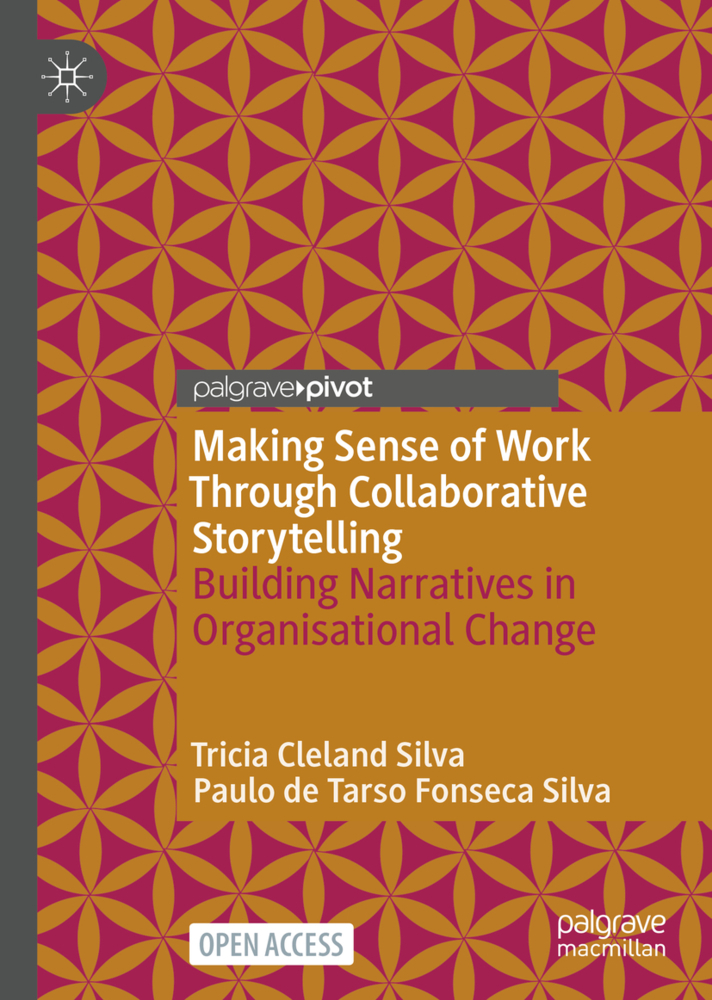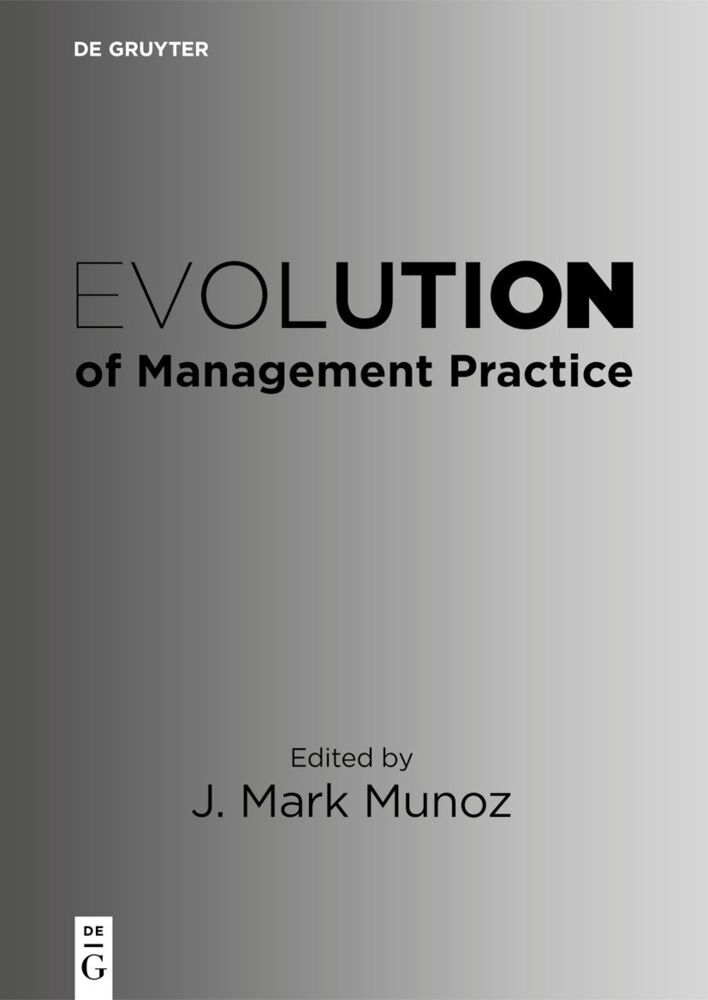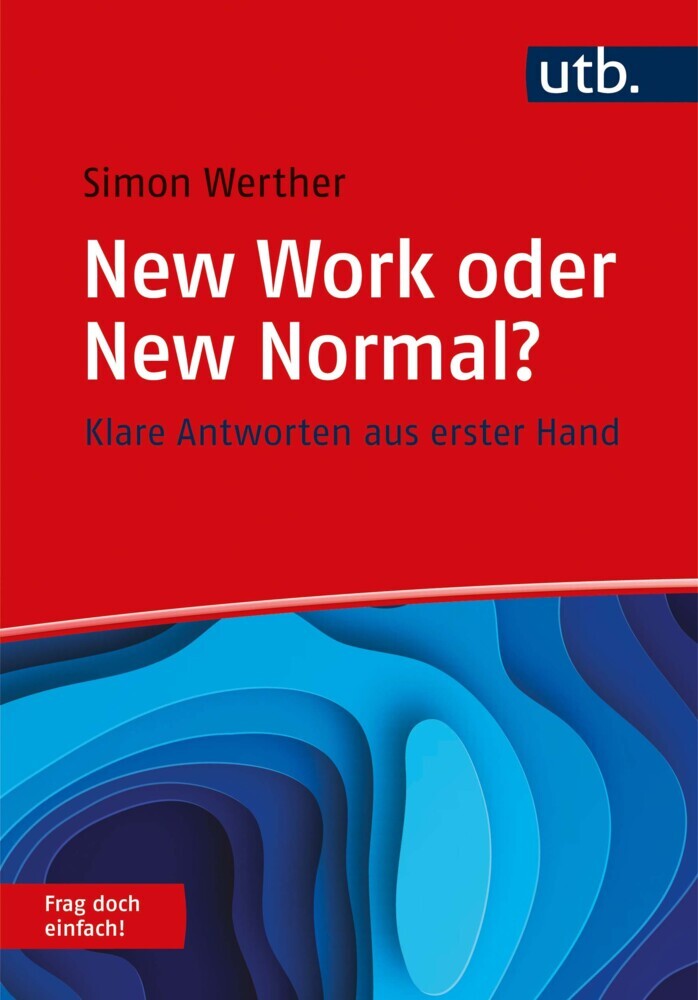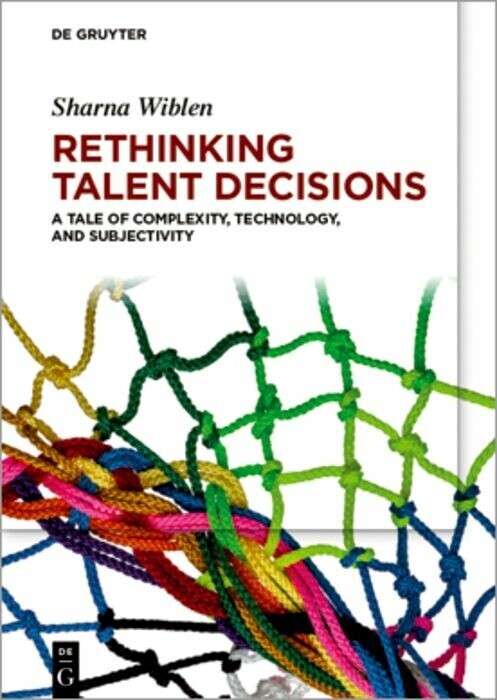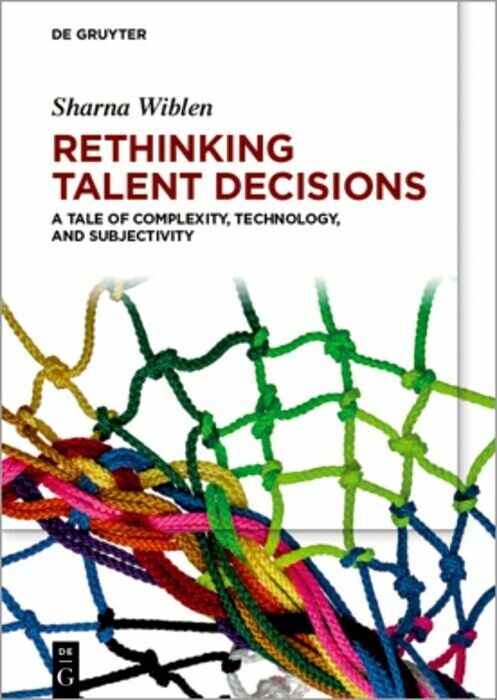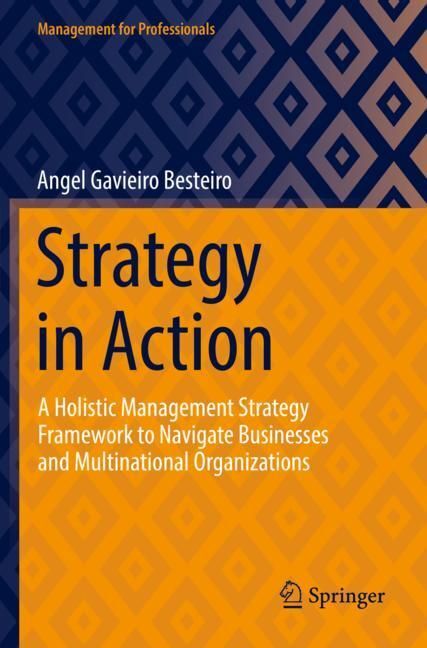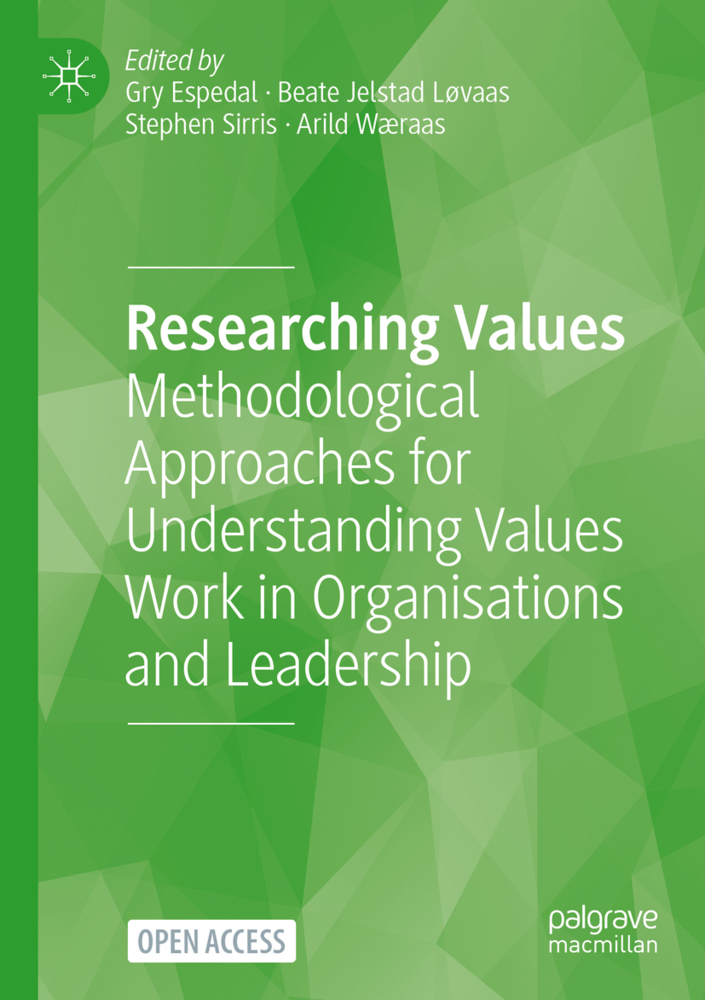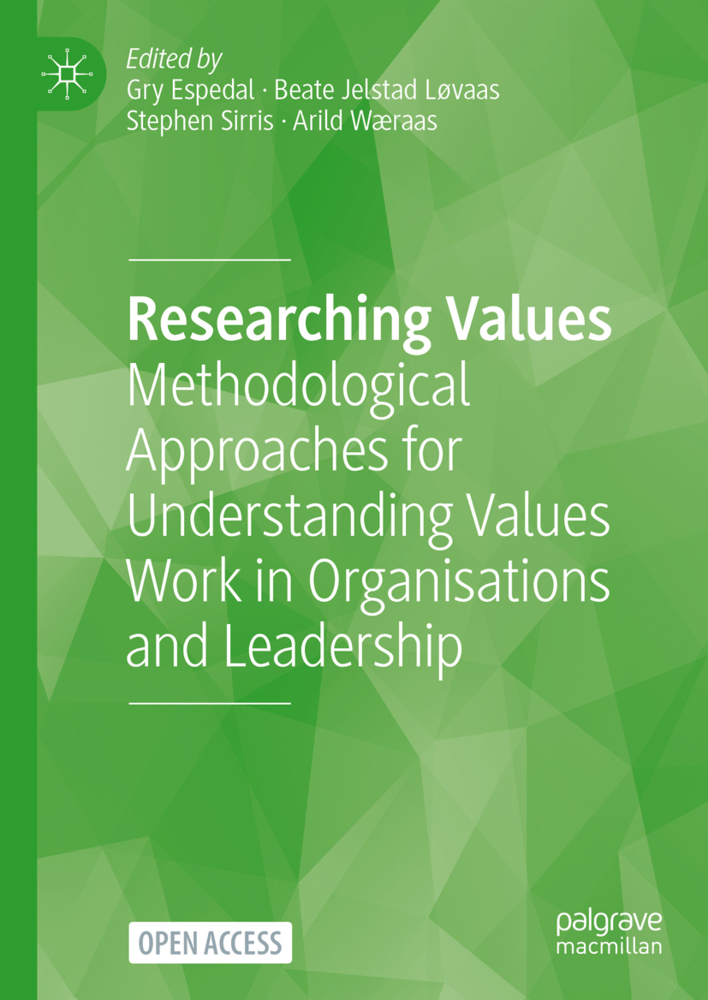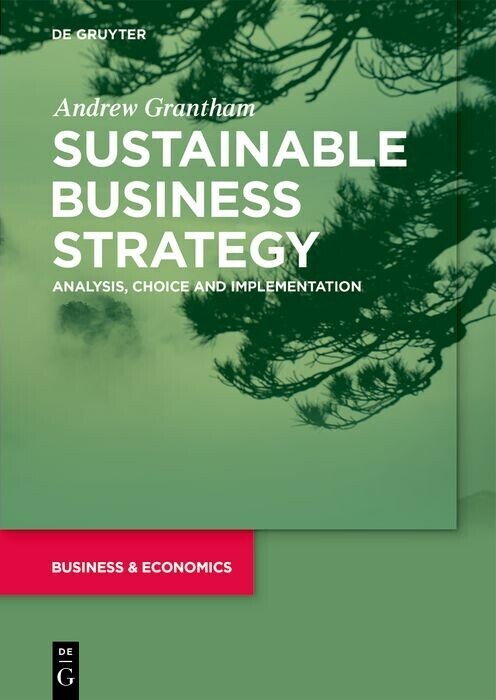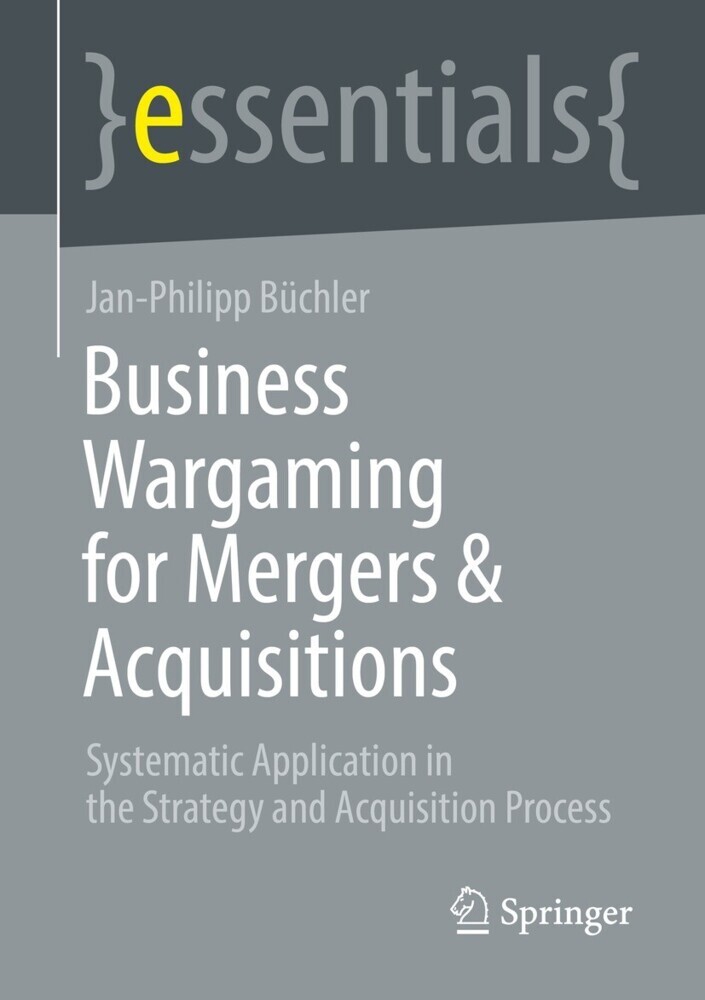Making Sense of Work Through Collaborative Storytelling
Making Sense of Work Through Collaborative Storytelling
Collective sense making starts with individual stories. Stories influence how we construct our sense of self in relation to others and our social environment, especially within the world of work.
The stories we tell ourselves at work, particularly during times of change, impact our relationships and the collaboration with those who are engaged in the same work activities. Stories that we take for granted as "common sense" may not resonate with others, leading to conflict and tensions. This book focuses on the development of collaborative practices at work, and in organisations, through Collaborative Storytelling: from sharing stories to exchanging experiences and building a common narrative collectively.
This open access book will be of interest to practitioners and academics working in the fields of adult education, equity and inclusion, human resource management, practice-based studies, organisational studies, qualitative research methods, sensemaking, storytelling, and workplace identity.
Chapter 1: Why stories matter during organizational change.- Chapter 2: Bringing Storytelling into work activities.- Chapter 3: Aligning multiple perspectives at work: the use of Collaborative Story Craft Chapter 4: Mapping the future story through Collaborative Story Craft.
Cleland Silva, Tricia
de Tarso Fonseca Silva, Paulo
| ISBN | 978-3-030-89445-0 |
|---|---|
| Artikelnummer | 9783030894450 |
| Medientyp | Buch |
| Auflage | 1st ed. 2022 |
| Copyrightjahr | 2022 |
| Verlag | Springer, Berlin |
| Umfang | XIX, 119 Seiten |
| Abbildungen | XIX, 119 p. 40 illus. |
| Sprache | Englisch |

